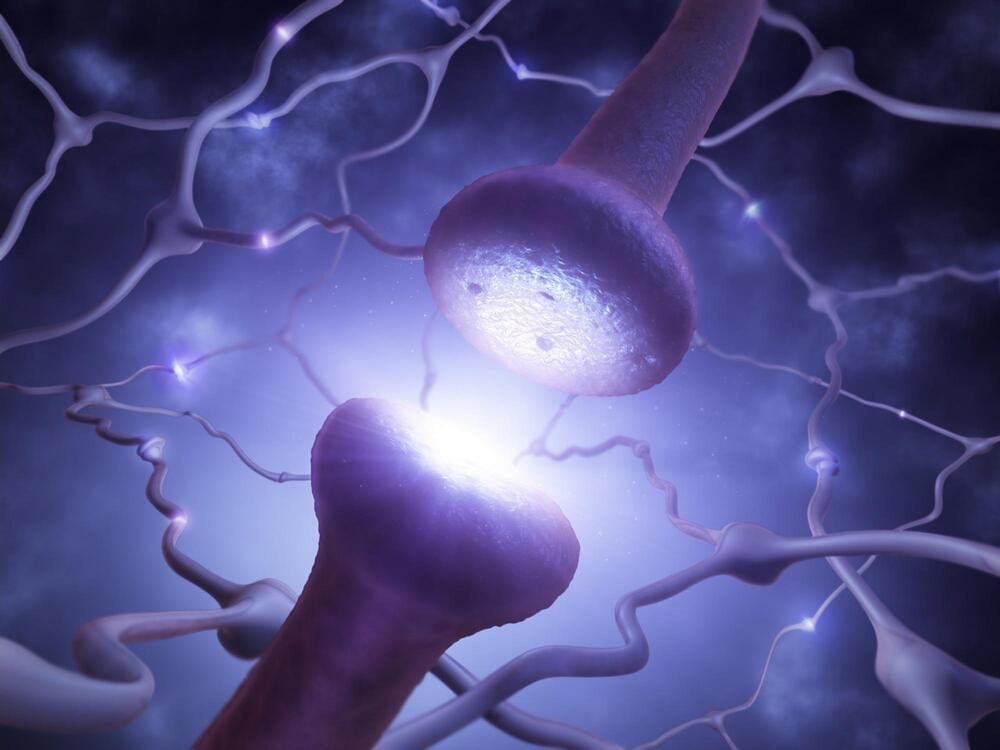Scientists discovered that the molecule CaMKII helps neurons encode information over seconds, a key process in learning. This challenges previous beliefs about how CaMKII influences synapse-specific plasticity.
A recent study from the Max Planck Florida Institute for Neuroscience, published in Nature, has uncovered a crucial step in how neurons encode information on timescales aligned with the process of learning.
A timing mismatch.










The basic mechanism behind CaMKII phosphorylation is Super Exchange Interaction achieved by tryptophan when molecule is twisted and then relaxed. it is observed by UV superradiation of trp. Dephosphorylation of CaMKII also achieves SEI. The SEI signal to start short term depression come from axon via oligodendrocytes MT to synapse CamKII, when axon MT is ready to receive memory bit string from Synapse MT tail. At STD the MT tail is depolymerized and memory bit string is sent to AIS as SEI spike train. The SEI spike train triggers AP spike train, which is saved permanently to axon microtubules by saltatory conduction.